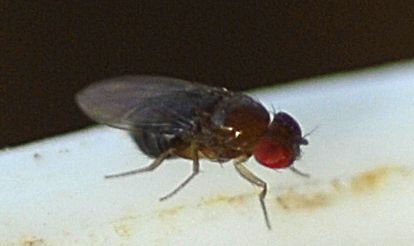

IMPORTANT: YOU MUST CLICK ON THE WORKSHOPS LINK HERE OR BELOW SO YOU CAN SEE WHAT CROSSES ARE TO BE DONE:

There are three workshops to work through. Virgen is designed to generate the numbers of flies resulting from crossing parents with different traits, and you can use those numbers to work out modes of inheritance of the different types of traits. Within each workshop you will be required to carry out certain specified crosses, but you can also make other crosses if you wish.
Important: you should have learned how to work out what ratios to expect in the F1 and F2 generations from the different mutations and crosses. Check your textbook and lecture notes for the details of how to structure the punnet squares to calculate the phenotypic ratios. Parent flies with mutant phenotypes are assumed to be homozygous for that trait except for lethal traits, which are heterozygous. Remember this if you get unexpected F1 ratios and cannot proceed to an F2.
1. Click on the workshop you want to do.
2. Use the pulldown menu to select the mutation (for monohybrid cross) or the two mutations (for dihybrid cross or linkage) from the lists provided in the workshops link above.
3. To mate the parent flies, click the button "Mate the flies", and look at the message.
4. If the message is "OK" you can proceed to look at the F1 progeny numbers using the "See the results" link. If not, you will have to modify your selection(s).
5. Click on the link at the bottom to mate the F1 flies and see the F2 progeny numbers. However, if there is more than one phenotype of F1 female, or more than one phenotype of F1 male, you should think about what this means before proceeding.
6. If the numbers of males and females are about equal in all phenotype
classes of the F2 generation, click on "Combine" to aggregate the numbers.
7. At any point after steps 4, 5, or 6, you can click on "Chi Square" and your
numbers will appear in a table. Enter the ratios expected from your hypothesis
for the different phenotypes in the table, and click on "Calculate" to evaluate
the chi square statistic.